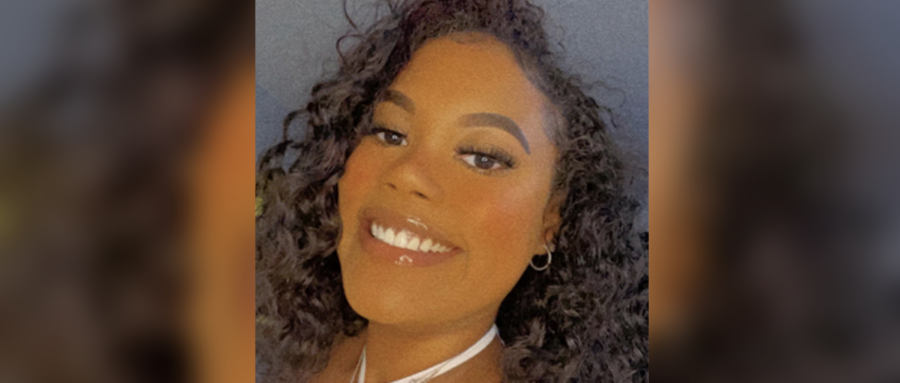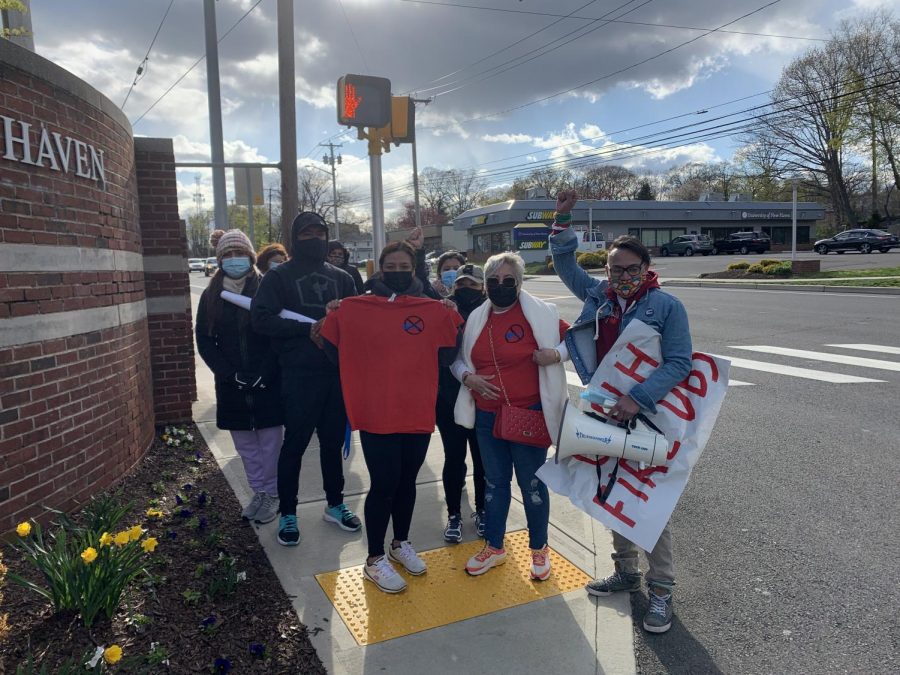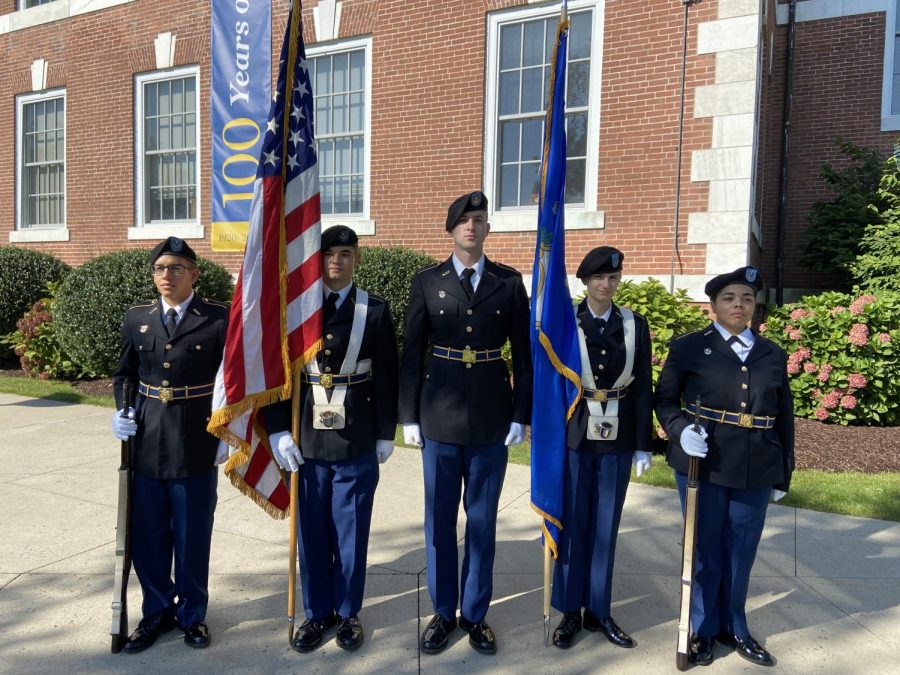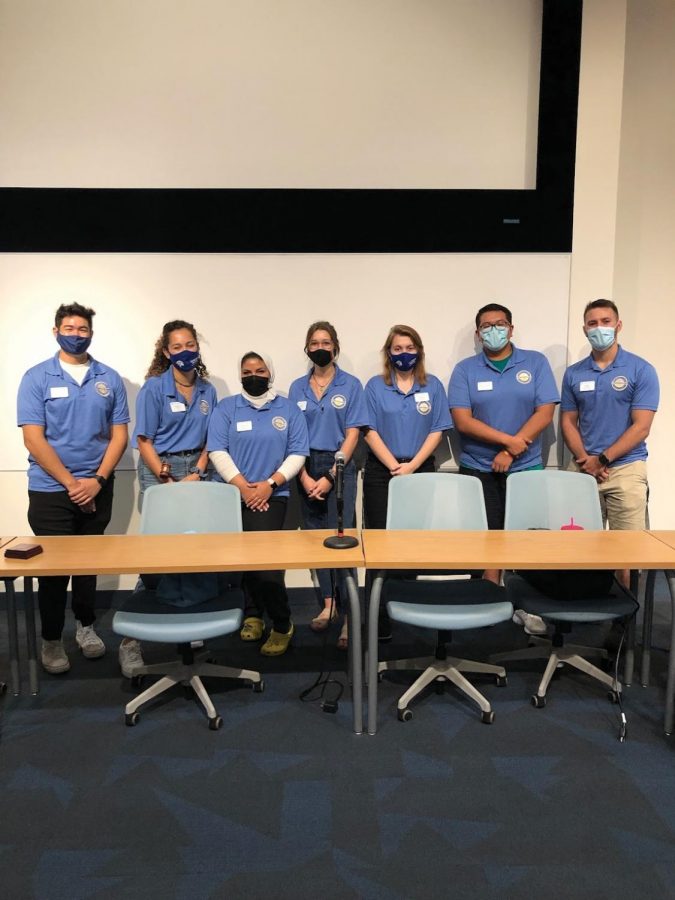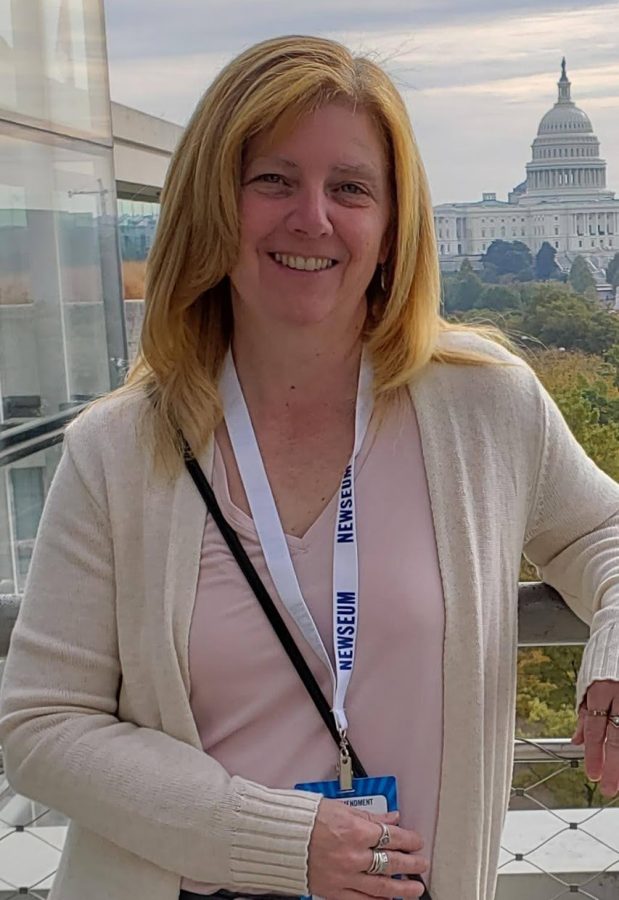There are forms of art to cater to all of the five senses. The most popular, however, are obviously the visual and musical artworks. However, as the two have developed throughout history, they have always been kept isolated from one another; one does not draw a song or play a painting. The closest thing to an exception to this that has existed was musical notation, where a composer would write symbols to represent the notes and sounds in a piece of music, also known as the musical score. However, no one but the greatest of musicians can tell what something would sound like simply by looking at its score.
This concept began to change in the 1960s with the Fluxus Movement. Artists, such as John Cage, began using graphical notation, an idea where the score would be an artwork in itself. Music scores employing graphical notation would have, rather than a series of notes strictly structured in lines across the pages, images and even scenes that gave the music a more visual form than the traditional notation can accomplish. The major work displaying examples of the graphical notations from the 60’s is Notations, edited by John Cage and Alison Knowles. Inspired by that work, modern-day musicologist, curator, and expert in graphical notation Theresa Sauer created Notations 21. It gave more modern examples of the style as it developed since the 60’s.
Sauer, along with UNH’s own Christopher Reba (Assistant Professor of Music and Sound Recording), brought many of the works from Notations 21 to the Seton Art Gallery in Dodds Hall for the exhibition “Picturing the Sounds: Dialects of Contemporary Composers.” The gallery opened on October 7, accompanied by a concert and reception put on by several of the artists in Notations 21.
The first of such works was “A Portrait of Three Portraits” (1990), a chilling and mysterious piano piece by Chris Chalfant. Also included in the concert was “Airs” (2008), a swift yet soulful guitar piece by Maarten Stragier, “You Kindled Valors Bend” (1984), an opera-esque piece performed by Chris Bush on clarinet, Carol Minor on piano and soprano Christie Finn, “Evenings” (1972) by Bill Sack on guitar, and “Unclouded,” a saxophone piece by Daniel Schnee that used circular breathing to produce a very fast work.
The concert came to a conclusion with the performance of “Scroll” (2010), a new piece by composer Will Redman, which took advantage of many of the concert’s artists. Redman, Reba, Sack, and Schnee all performed, along with artists Glen Stevens and Martin Loyato. The piece, written on a single 8.5×88 inch piece of paper is unstructured, resulting in a chaotic performance that left the audience mesmerized.
“Pictures the Sounds: Dialects of Contemporary Composers” will be in the Seton Art Gallery until November 11, 2010. During the hours it’s open, anyone may come in and see the works on display, some of which are accompanied by an MP3 of the music. In addition to pieces by Sauer, Reba, Chalfant, Redman, Schnee, and Loyato, the gallery includes Paprika King (1997), a haunting piece by Joseph Pignato and Versus (1997), a piece by Kerry John Andrews. This piece is structured in such a way that the crescendo that defines it is actually represented on the score by the analogy of a whisper emerging from the silence of the abyss, progressing into a speech strong enough to be grasped. There is much more to see, so it is highly advised that anyone with an interest in music or visual art visit the gallery at least once before it closes.




